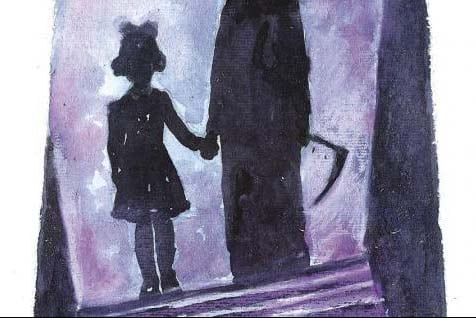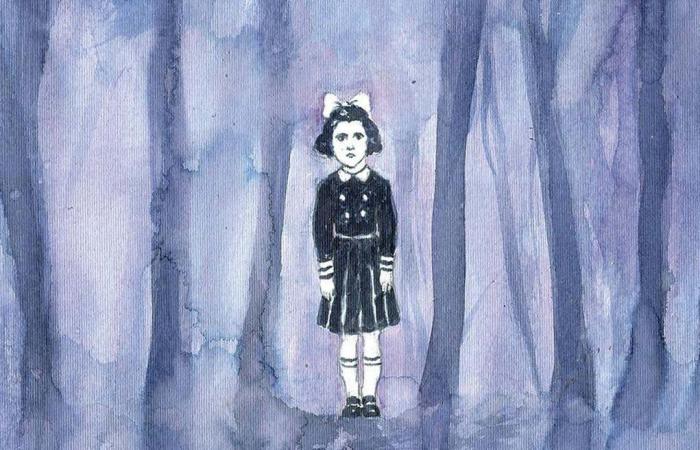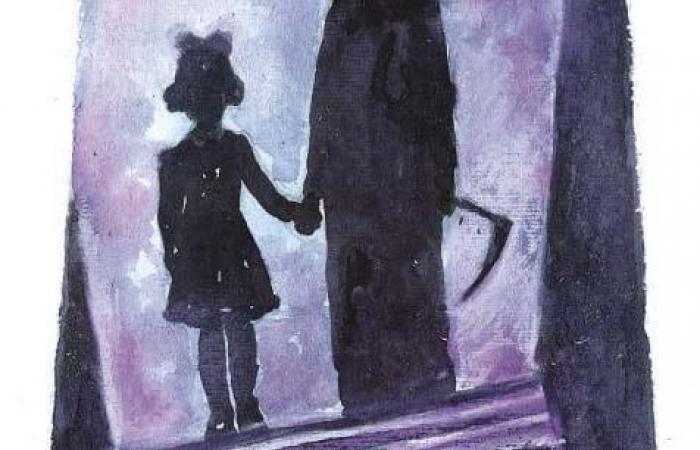On November 19 of this year it will be 85 years since the disappearance of Martita Ofelia Stutz in Cordova. When 8 decades have passed since the disappearance, The voice He made a special report, telling the details of the case that shocked the province.
The disappearance of the little girl, in the San Martín neighborhood; His search and subsequent trial had hundreds of protagonists: a family, 202 witnesses, numerous investigators, powerful lawyers, connections to politics and a country that also followed the events closely, something similar to what happens today with the case Loan Peña in Corrientes.
Córdoba: the Martita Stutz case, the inexplicable disappearance of the girl
Martita’s case never had closure, nor will it ever have closure. She won impunity.
Martita never appeared, neither alive nor dead. The wounds that she left open and the social shock can still be perceived among those who retain the image of her in their memory. This nine year old girl that widely transcended the police field and was a topic of conversation in every home.
In the newspapers, the Stutz case replaced the prominence of news about the imminent Second World War.
About the Martita Stutz case
That morning of November 19, 1938 was the last day of school. Martita returned to her house, took off her overalls and asked her mother for permission to go buy the last one. Billikenyour favorite magazine.
With the money in her hand, the little girl walked a few blocks from her house to the newspaper and magazine stand that was on Castro Barros Boulevard.
The newsstand owner lost sight of her when the girl, magazine in hand, crossed the street and became confused in the crowd that was awaiting the presence of Governor Amadeo Sabattini in front of the building under construction of the “Hipólito Irigoyen” school, in the heart of the San neighborhood. Martin.
From that day on, no one else heard from her. Desperation and uncertainty entered the Stutz home to incarnate like a thorn that they could never remove. As the hours passed, the worst was confirmed: Martita had been kidnapped. “All mothers cry with Marta’s mother,” said the caption of a photo published in The voice where a crowd could be seen gathered at the door of the Stutz house.
The main hypothesis of the Stutz case
What is presumed by the different testimonies is that the girl was given by a blonde woman (who could never be determined) to a 48-year-old man, an agronomist who called himself an engineer.
The girl, whether by force or by deception, would have gotten into the car of the “engineer” Antonio Suárez Zabala on November 19, who sexually abused her.

The one who first established this hypothesis is Laura Fonseca, a prostitute who had been with Suárez Zabala hours before near the place where Martita disappeared and to whom she told him that she would pay her if she “got” him a 9 or 10 year old girl. Fonseca refused the request and left. It is presumed that the “engineer” tempted that other woman, who ended up deceiving the girl.
With his car he would have taken the road to Pajas Blancas (current Monseñor Pablo Cabrera) towards Sierras Chicas. There he would have had the complicity of another man, Domingo Sabattino. In the afternoon, Suárez Zabala took the girl to a house located in a passage one block from the Belgrano court, where an acquaintance of his, José Bautista Barrientos, lived. This was a tram guard, married to a woman who carried out “punishable obstetric practices”, according to the chronicles of the time.
Barrientos confessed that “the engineer” asked him to receive a niece to see if they could cure her because she had a hemorrhage. They accepted, but the girl got worse as the days went by and she died a week later, while her family begged for little Martita to appear alive.
The Barrientos buried Martita’s body in the back of the house and then took it to burn in some brick ovens in La Calera, owned by a neighbor, Humberto Vidoni. Barrientos’ wife, Carmen Rocha, always denied everything. However, even her children confessed that a girl was there during those days.
Vidoni denied everything, even during the interrogation in which he was tortured and which ended his life and the jobs of two police officers and an official due to the brutal actions.
In 1942, the Court of Cassation of Cordoba Justice acquitted all the accused who had been convicted in the first instance due to lack of evidence.



